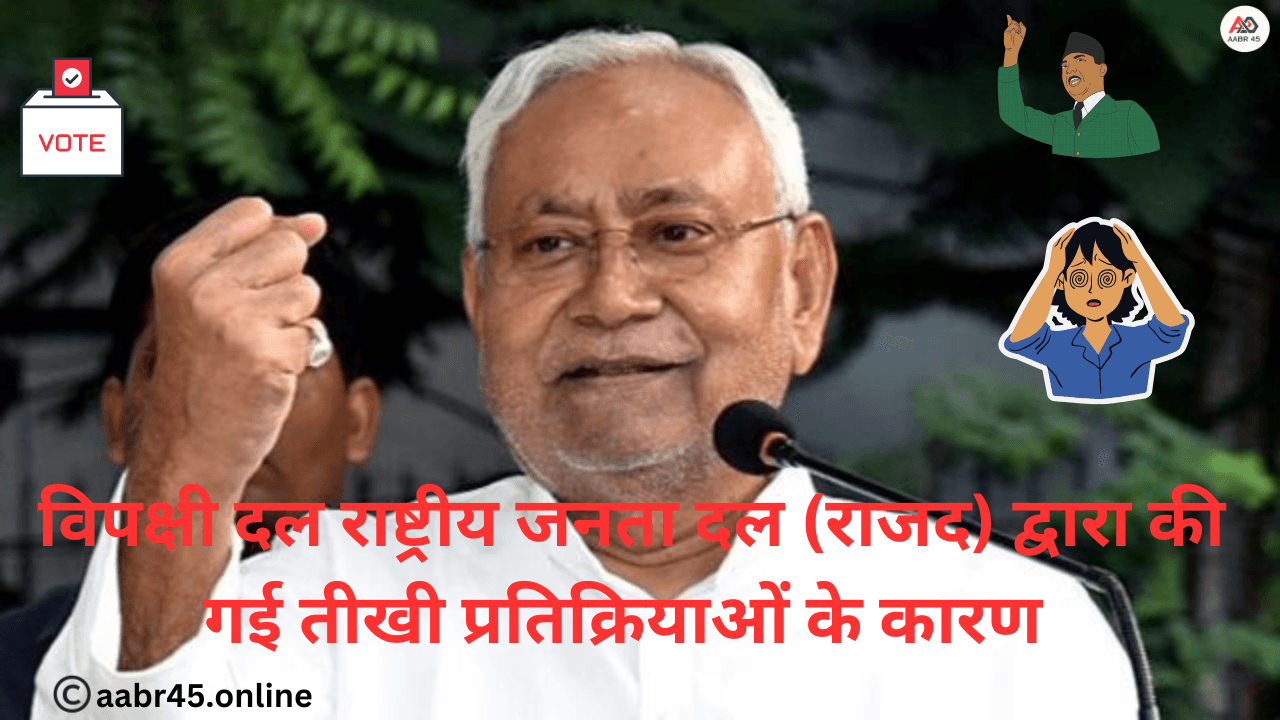
Directed by: Nag Ashwin
Starring: Amitabh Bachchan, Prabhas, Kamal Haasan, Deepika Padukone, Brahmanandam, Disha Patani
Genre: Sci-Fi, Mythological Action

Introduction
“Kalki 2898 AD,” directed by Nag Ashwin, is an ambitious blend of science fiction and Hindu mythology. It dares to explore a future where ancient legends converge with advanced technology, creating a narrative that’s both exhilarating and profound. The film’s stellar cast, including Amitabh Bachchan, Prabhas, Kamal Haasan, and Deepika Padukone, delivers powerful performances that elevate the story’s emotional and philosophical depth. This review delves into the intricate roles and significance of each character, the film’s homage to Hindu mythology, and the breathtaking action sequences that make it a cinematic marvel.
Plot Overview
Set in the year 2898 AD, the world as we know it has transformed into a hyper-advanced society where technology reigns supreme. Amidst this futuristic backdrop, the story of Kalki, the prophesied 10th avatar of Vishnu, unfolds. The narrative weaves through themes of destiny, dharma, and the eternal battle between good and evil. The film opens with a war-torn Earth, plagued by a tyrannical regime led by Supreme Yaskin (Kamal Haasan), whose relentless quest for power has plunged humanity into despair.
Amitabh Bachchan as Ashwatthama
Amitabh Bachchan’s portrayal of Ashwatthama is both haunting and majestic. Ashwatthama, cursed with immortality and eternal suffering for his deeds in the Mahabharata, has wandered the Earth for millennia. In “Kalki 2898 AD,” he is a sage-like figure, burdened with the wisdom and sorrow of countless lifetimes. His character serves as a bridge between the ancient and futuristic worlds, providing historical context and guiding the new warriors in their fight against Yaskin’s regime.
Bachchan’s performance is a masterclass in restraint and gravitas. His Ashwatthama is weary yet resolute, a guardian of knowledge who understands the cyclical nature of time and the inevitable rise of Kalki. His interactions with the protagonists are profound, offering philosophical insights that resonate deeply with the themes of karma and redemption. Bachchan’s portrayal imbues the film with a sense of timelessness, reminding viewers of the enduring relevance of ancient wisdom.
Prabhas as Bhairava and Karn
Prabhas takes on a challenging dual role as Bhairava and Karn, embodying the duality of human nature and the complexity of destiny. Bhairava, a fearless warrior, embodies the spirit of rebellion and justice. His journey is one of self-discovery and sacrifice, as he transitions from a lone fighter to a leader of a revolution. Prabhas brings physicality and intensity to Bhairava, capturing his transformation with a nuanced performance that highlights his internal and external struggles.
In contrast, Karn represents a different facet of heroism. A brilliant strategist and diplomat, Karn’s role is to unite the fragmented factions against Yaskin’s tyranny. Prabhas’s portrayal of Karn is marked by intelligence and charisma, showcasing his versatility as an actor. The duality of Bhairava and Karn underscores the multifaceted nature of heroism, blending brute strength with strategic acumen. This dichotomy is central to the film’s exploration of dharma, challenging the characters to balance power with righteousness.
Kamal Haasan as Supreme Yaskin
Kamal Haasan’s Supreme Yaskin is a formidable antagonist, a symbol of unchecked ambition and the perils of technological dominance. Yaskin’s character is intricately crafted, with a backstory that explains his descent into tyranny. Haasan’s portrayal is chilling yet captivating, as he brings a complexity to Yaskin that transcends the typical villain archetype. His motivations, rooted in a desire to transcend human limitations, reflect a distorted interpretation of progress.
Yaskin’s regime is marked by oppression and surveillance, creating a dystopian society where individual freedoms are sacrificed for the illusion of security. Haasan’s performance captures the cold, calculated nature of Yaskin, juxtaposed with moments of vulnerability that hint at his internal conflict. This layered portrayal adds depth to the narrative, making Yaskin a compelling antagonist whose downfall is as intriguing as his rise to power.
Deepika Padukone as SUM-80 (Sumathi)
Deepika Padukone’s SUM-80, or Sumathi, is a revolutionary figure whose journey is both inspiring and tragic. As a human-machine hybrid, Sumathi embodies the intersection of technology and humanity, representing the hope for a harmonious future. Padukone’s performance is emotionally charged, capturing Sumathi’s struggle to reconcile her human emotions with her programmed directives. Her character arc is central to the film’s exploration of identity and agency in a technologically advanced world.
Sumathi’s role as a key player in the rebellion against Yaskin’s regime highlights her bravery and resilience. Padukone’s portrayal brings a powerful emotional core to the film, as Sumathi’s sacrifices and triumphs resonate deeply with the audience. Her relationship with Bhairava and Karn adds layers of complexity to the narrative, exploring themes of love, loyalty, and the quest for a better future. Sumathi’s evolution from a programmed entity to a self-aware individual is a testament to Padukone’s skillful acting and the film’s nuanced storytelling.
Hindu Mythology and Sentiment
“Kalki 2898 AD” is steeped in Hindu mythology, drawing parallels between ancient legends and futuristic narratives. The character of Kalki, the final avatar of Vishnu, is central to the story, symbolizing the restoration of dharma in a world plagued by adharma. The film’s depiction of Kalki is both reverent and innovative, blending traditional iconography with futuristic aesthetics. The narrative delves into the cyclical nature of time, exploring themes of karma and reincarnation that are integral to Hindu philosophy.
The film’s treatment of mythology is respectful and insightful, weaving these ancient stories into a modern context without diluting their essence. The characters’ names and roles are inspired by mythological figures, creating a tapestry that honors the past while envisioning a new future. The inclusion of Ashwatthama as a timeless sage further anchors the story in mythological roots, providing a continuity that bridges the ancient and the modern.
The sentiment of the film is deeply rooted in the values and ethos of Hinduism, emphasizing the importance of dharma, righteousness, and the eternal struggle between good and evil. The narrative resonates with universal themes of hope, redemption, and the triumph of the human spirit, making it a poignant and thought-provoking cinematic experience.
Action Sequences
The action sequences in “Kalki 2898 AD” are a visual spectacle, combining traditional martial arts with futuristic combat techniques. The choreography is meticulously crafted, blending high-octane stunts with graceful movements that reflect the characters’ skills and personalities. Each action scene is a testament to the film’s high production values and commitment to creating an immersive experience.
Prabhas’s dual roles as Bhairava and Karn showcase his versatility as an action star. The battle scenes are intense and dynamic, highlighting his prowess and agility. The contrast between Bhairava’s brute force and Karn’s strategic combat adds a layer of sophistication to the action, making each fight sequence unique and engaging.
Deepika Padukone’s Sumathi brings a different flavor to the action, combining agility with precision. Her hybrid nature allows for innovative combat styles that blend human and machine capabilities, creating visually stunning sequences that are both thrilling and emotionally charged. The action choreography complements her character’s journey, emphasizing her evolution from a programmed entity to a self-determined warrior.
The film’s climactic battles are particularly noteworthy, featuring large-scale confrontations that are both grand in scale and intimate in emotion. The visual effects are seamlessly integrated, enhancing the realism of the futuristic settings without overshadowing the human element. The action sequences serve as a narrative device, driving the story forward while showcasing the characters’ growth and determination.
Conclusion
“Kalki 2898 AD” is a groundbreaking film that pushes the boundaries of genre and storytelling. Nag Ashwin’s visionary direction, combined with stellar performances from the cast, creates a cinematic experience that is both epic and intimate. The film’s blend of science fiction and Hindu mythology offers a fresh perspective on timeless themes, making it a compelling and thought-provoking watch.
Amitabh Bachchan’s Ashwatthama, Prabhas’s dual roles as Bhairava and Karn, Kamal Haasan’s Supreme Yaskin, and Deepika Padukone’s Sumathi are brought to life with depth and nuance, each character contributing to the rich tapestry of the narrative. The film’s respectful treatment of mythology, combined with its cutting-edge action sequences, ensures that “Kalki 2898 AD” is a visual and emotional triumph.
In an era where cinema often prioritizes spectacle over substance, “Kalki 2898 AD” stands out as a film that balances both, offering a story that is as intellectually stimulating as it is visually stunning. It is a testament to the power of storytelling and the enduring relevance of ancient wisdom in a rapidly changing world.






